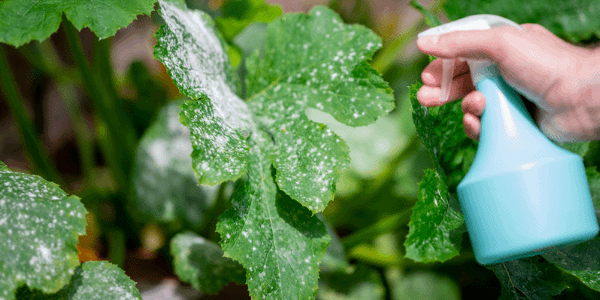Fungal infections can cause severe damage to trees, but using the right fungicides can help protect your trees from further harm. In this blog, we’ll discuss a few different types of fungi that can grow on trees, the best fungicides to use, and how to prevent further infection of your trees.
Types of Fungal Diseases That Can Grow On Trees
The most common fungi that can grow on trees include:
- Apple scab
- Cedar-apple rust
- Anthracnose
- Leaf spot and blotch
- Powdery mildew
- Fire blight
- Brown rot
- Black spot
These fungi can cause major damage to your trees as they feed off their nutrients and provide a good environment for other organisms to thrive.
The Best Fungicides to Use for Tree Fungus
The best fungicides for tree fungus prevention and treatment are liquid copper fungicide, potassium bicarbonate, and chlorothalonil. Liquid copper is a broad-spectrum fungicide that can kill off fungi quickly, while the other two help reduce infection levels.
What is the Most Effective Fungicide?
Liquid copper fungicide is the most effective treatment. Sulfate is an active ingredient, which helps to prevent and control a wide range of diseases. It also comes in a fungicide spray. Copper spray is best for trees with established fungal infections and is highly effective. It is important to note that liquid copper should only be used in small quantities, or the trees can suffer from nutrient deficiency.
When is the Best Time for Fungicide Applications?
Fungicide should be applied to trees when symptoms of fungal infection appear to prevent further damage. It is best to apply the fungicide early in the season, around April or May, as this will give it time to work before winter arrives.
Disease Control to Prevent Further Fungal Infections
In addition to using fungicides, there are other steps you can take to prevent further tree diseases. Pruning and removing dead branches can help reduce the risk of fungal growth while mulching around the tree’s root system can help keep soil moisture levels low. Furthermore, it is important to water deeply but infrequently to prevent root rot. Lastly, organic fungicides such as neem or horticultural oil can help reduce infection levels.
How Green Group Can Help Control Tree Fungus
Green Group provides various residential lawn care services to help homeowners achieve the lawn of their dreams. Through our comprehensive tree and shrub care program, Green Group can identify and properly treat your landscapes for fungus and disease. Contact us today to learn more.





1 Comment